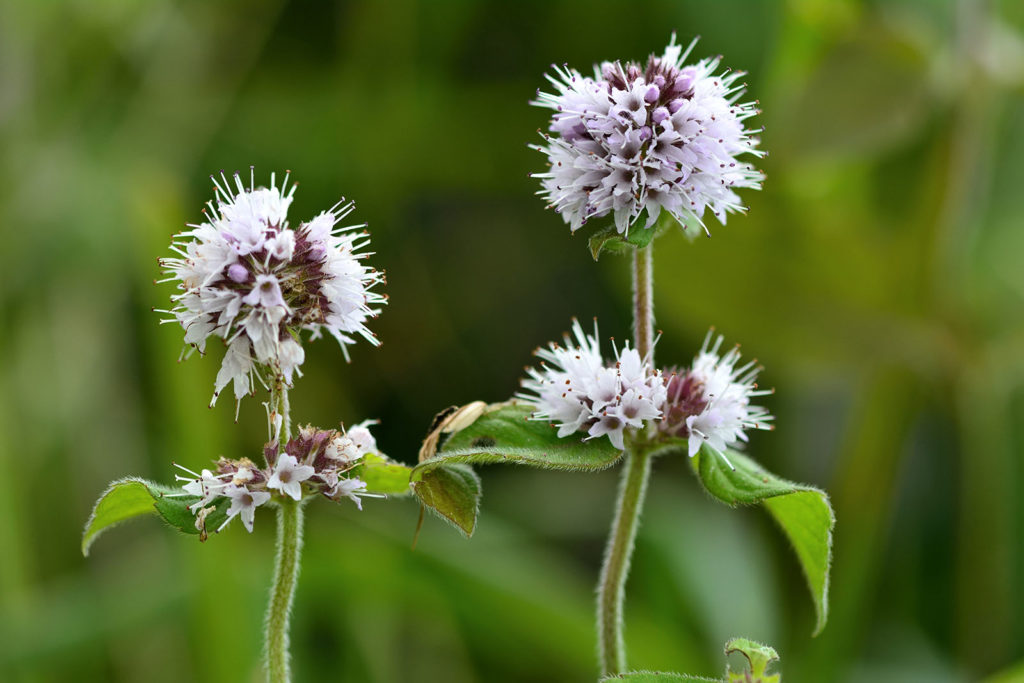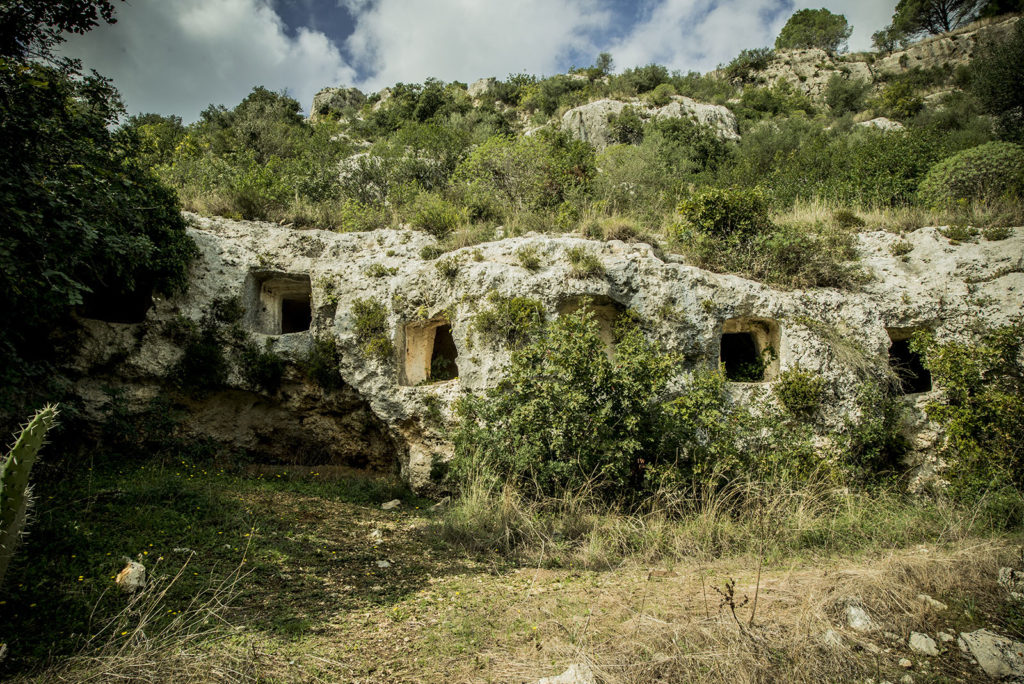The peaceful ponds of Pantalica are invaded by fragrant water mint, a very aromatic plant. It is the oldest of all the numerous species of mint.
The Romans had already discovered it and would put sprigs of mint in sacks of grain.
The smell of mint would in fact bother mice which otherwise would have eaten the grain intended for food!
Lesser calamint, also known in Italian as mentuccia, helps to strengthen odours in the room.

Nfigghiulata is a delicious dish for the whole family!
The main ingredient is lesser calamint, a typical herb from Pantalica.
A pastry sheet filled with various ingredients is rolled up on itself and baked. Once cooked, it’s as soft as focaccia!
The traditional ingredients it is filled with include ricotta or tuma cheese and sausage; or, if you like stronger flavours, lightly seasoned pecorino cheese, salted sardines, salami and wild fennel seeds are used.
A trip to the Rocky Necropolis of Pantalica is like a journey through time.
The landscape is dominated by limestone rock in a labyrinth of caves, caverns, ravines and canyons containing more than five thousand tombs.
Even today it is still possible to access the inside of the necropolis and touch the walls of the ancient tombs and Byzantine houses. Upon contact with the smooth, cold stone, you can sense the complex stratification of history.
